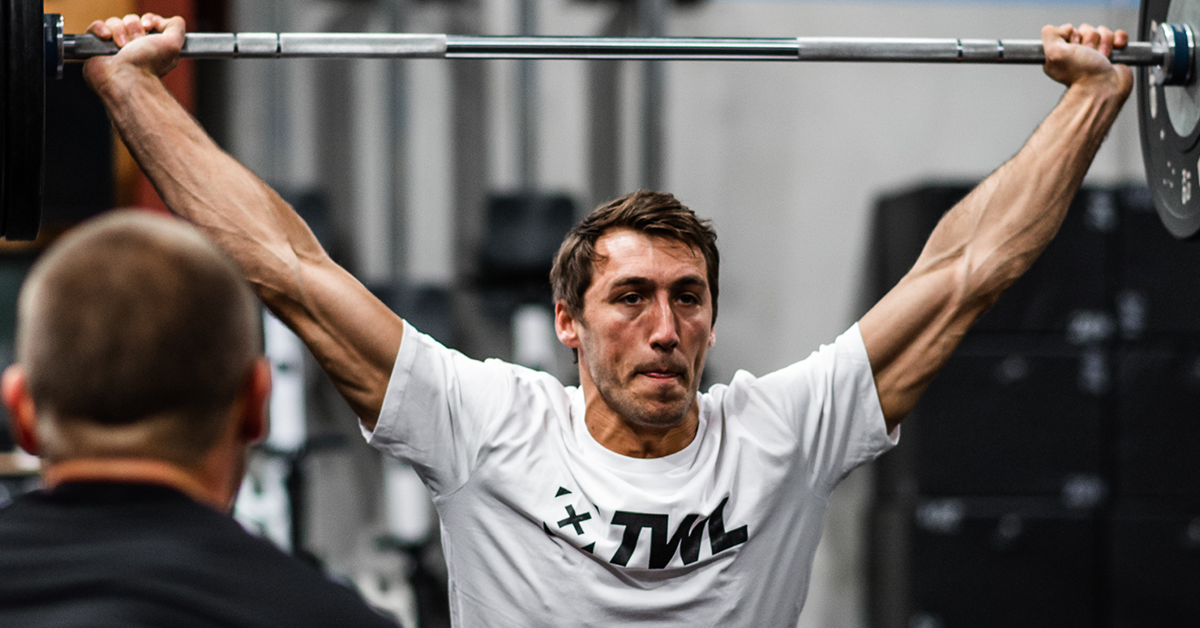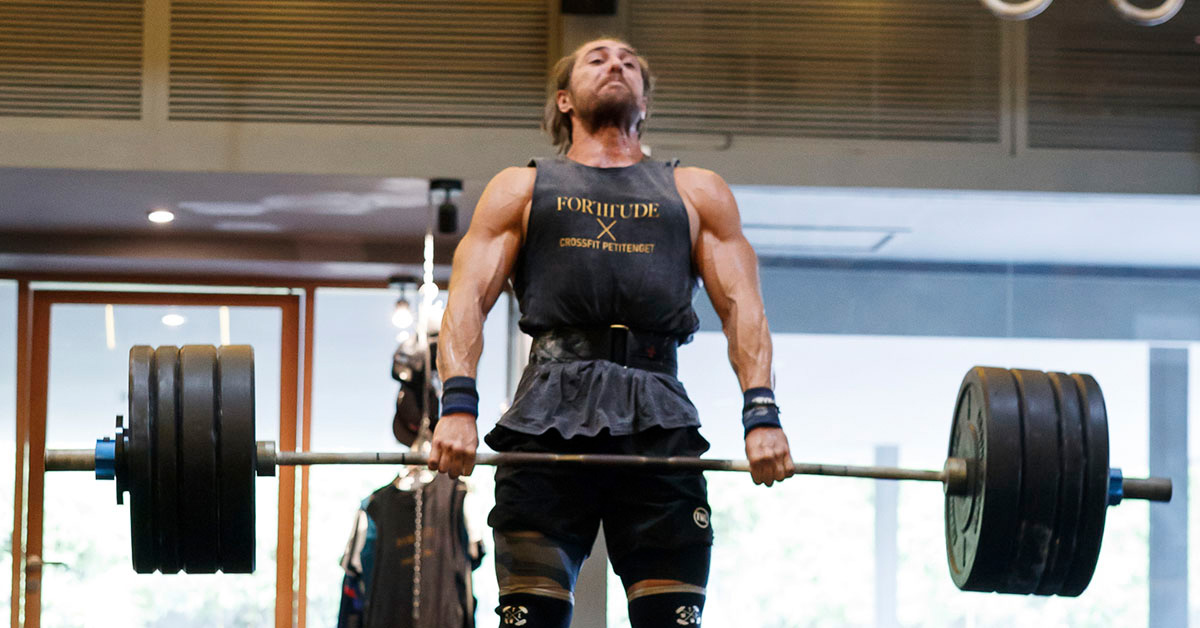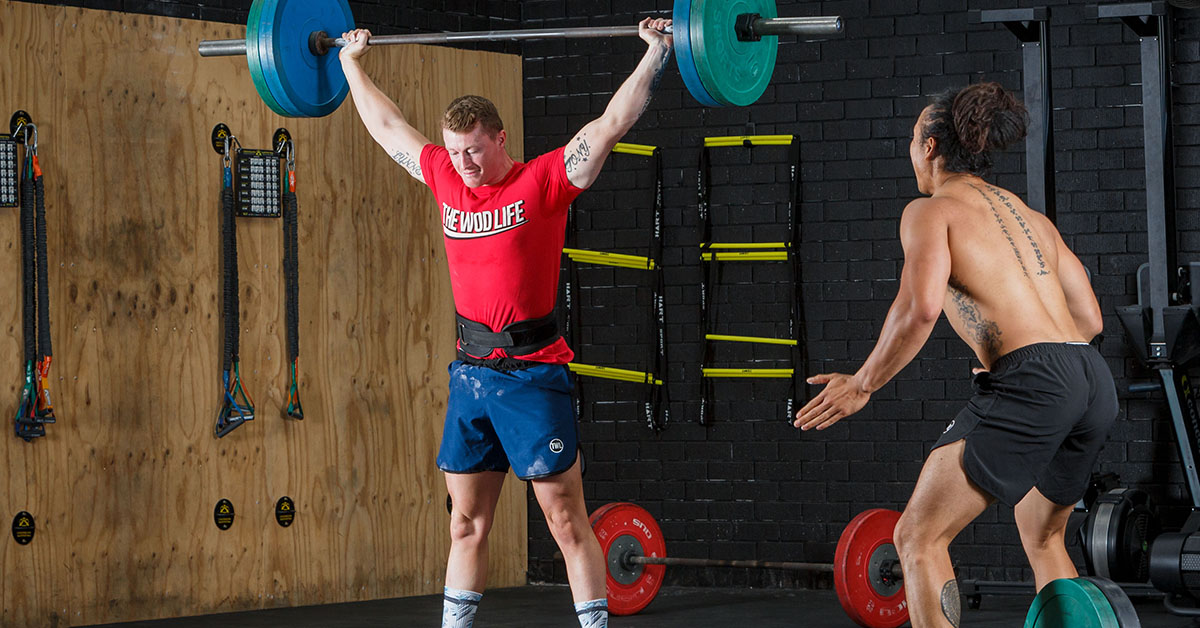Investing in a new pair of Olympic weightlifting shoes requires serious thought. You certainly have a lot of options, so how can you pick? Here are three things to look for that make a big difference in your performance.
3 Things Your Olympic Weightlifting Shoes Should Have
1. Stability
You ever notice how Olympic lifting shoes have a raised heel? That’s on purpose. It allows you to squat deeper and get into a better position, which is especially helpful if you’re struggling with ankle mobility.
Psst! Read our blog on how to improve ankle mobility.
You might also notice that unlike many functional fitness training shoes, which often have more rounded edges/soles, Olympic weightlifting shoes don’t — and shouldn’t — make it easy for your ankles to roll from side to side.
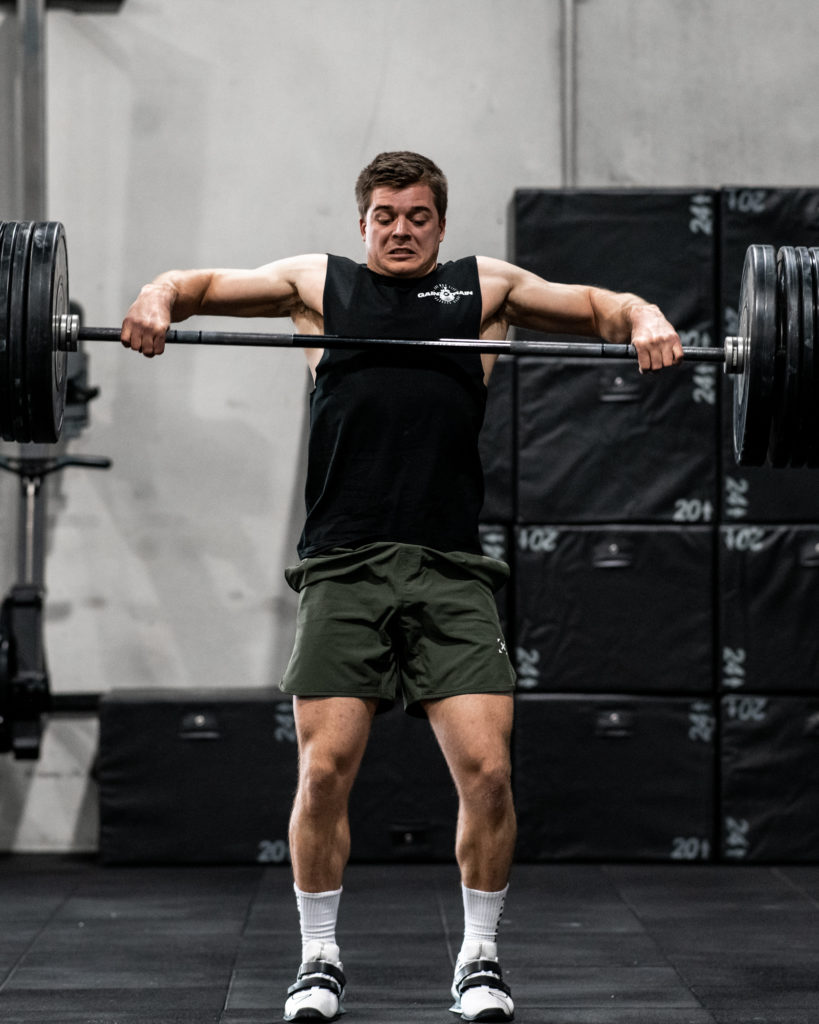
This is important! When you’re throwing 100kg (and up) in the air and then catching it overhead, you need your feet to be firmly planted on the ground. With the Olympic lifts, your feet don’t really need to move much at all (although minor adjustments can be expected).
Finally, minimal cushioning will contribute greatly to your shoes’ stability. When you try to lift in regular training shoes, it’s kind of like lifting on a mattress. All of the force, power, and explosiveness that you build up is just… lost. But with Olympic weightlifting shoes, all of the power that you muster stays in your feet, legs, and hips, meaning that you can transfer it to the barbell. In order to do this, we need to remove that mattress — read: squishy inserts in your shoes.
Shop Now
2. Durability
You might not be running a mile in these shoes, but you are going to be lifting insane loads of weight for possibly hundreds of reps every week. Low-quality Olympic lifting shoes will often start to come apart at the soles. The glue loosens or the stitching gives out.
You need to invest in a pair that can take a beating because the entirety of your body’s weight (plus the weight you’re lifting) is going to be landing on them over and over again.
3. Comfort
Keep in mind that your Olympic weightlifting shoes will very likely have both shoelaces and clips/velcro of some sort. This keeps them secure and locked in, but make sure your foot has room to breathe. Otherwise, you’re all but asking for blisters.
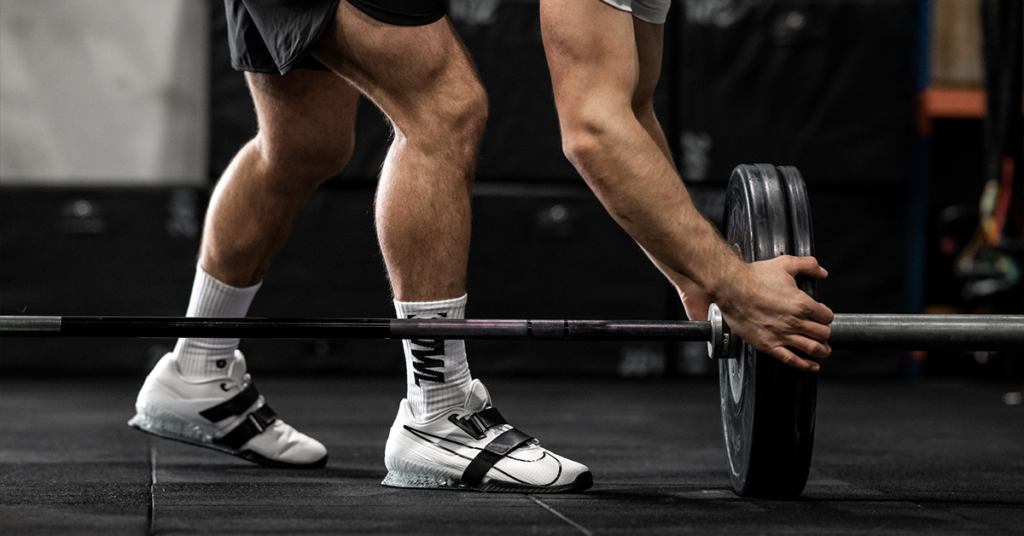
If your shoes are slightly snug when you first wear them, don’t panic! Lifting shoes stretch out over time and will eventually fit your foot perfectly.
You can indeed swap out the insoles if you’d like. In fact, some brands (like Nike) will give you two sets — one that’s more padded than the other. If you purchase outside insoles on your own, just remember that while comfort matters, don’t go with anything too padded.
Aside from a snug fit, do your shoes feel a little stiff? Again, you just need to break them in. But also remember that they need to be tough so that they can keep your feet and ankles safe. You don’t need a ton of flexibility in your lifting shoes. In fact, this could work against you.
When you select the right pair of Olympic lifting shoes, they can make a world of difference in the kind of weight you move.
Shop The WOD Life’s full selection of weightlifting shoes today.

